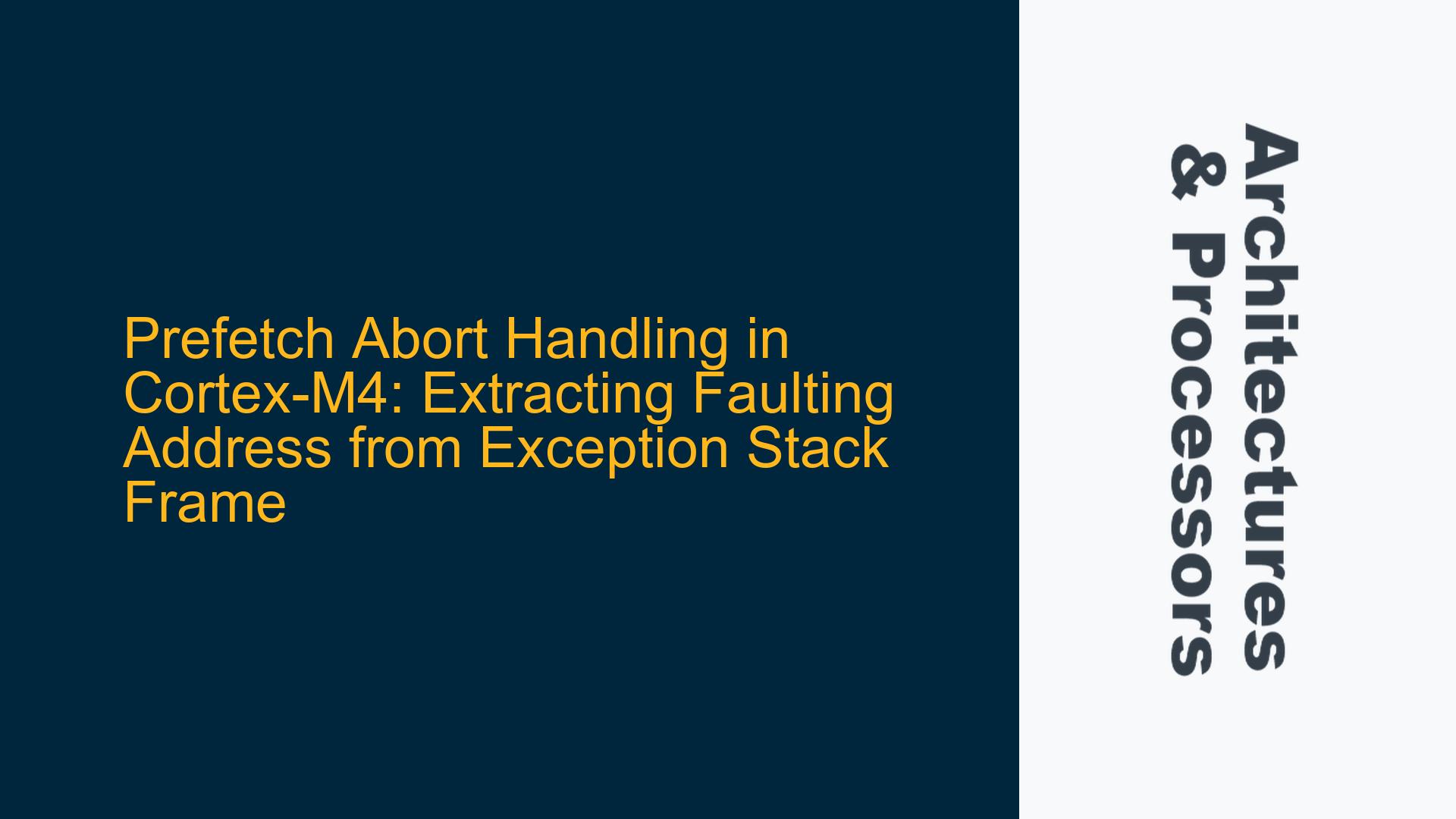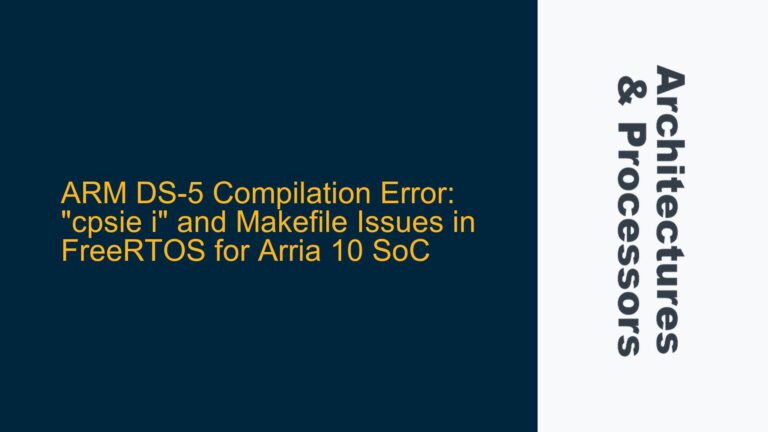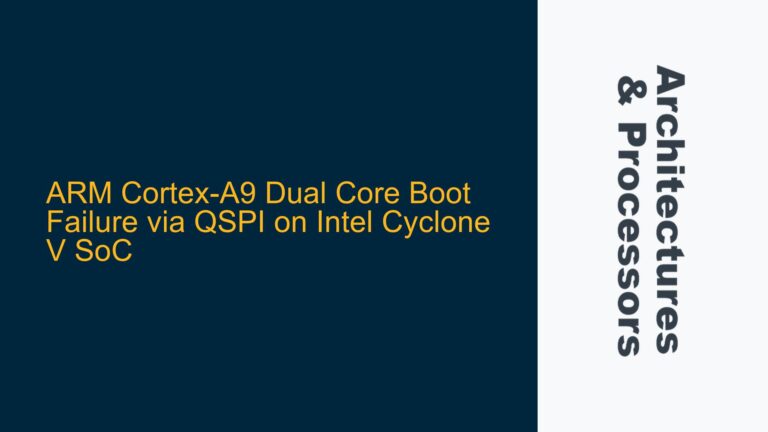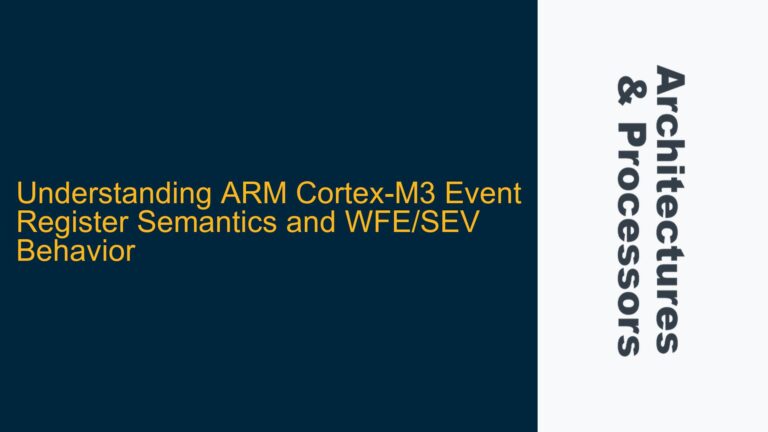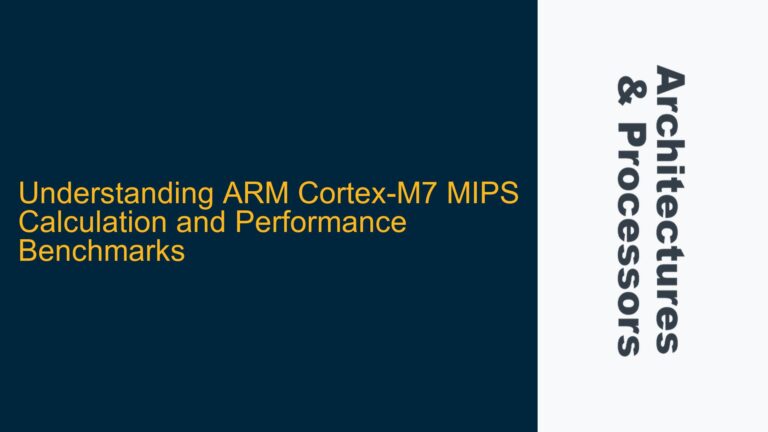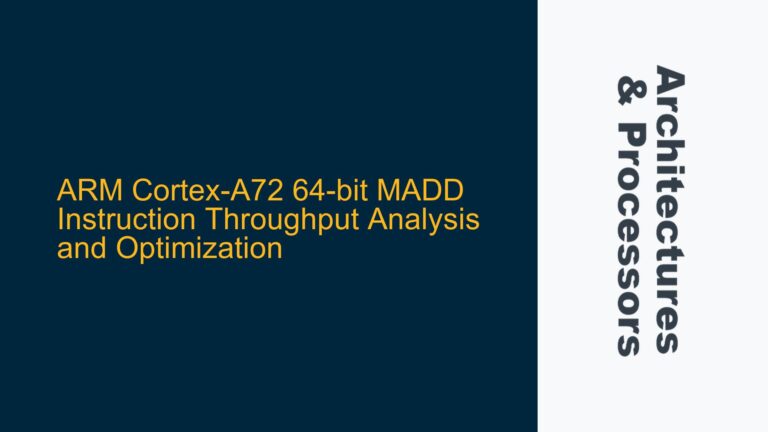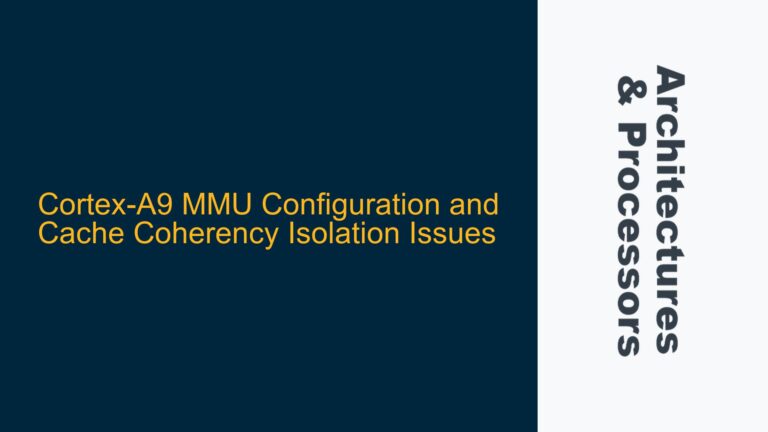Prefetch Abort Detection and Address Identification in Cortex-M4
The Cortex-M4 processor, unlike its Cortex-R5 counterpart, does not provide a direct mechanism to capture the faulting address during a prefetch abort exception. In the Cortex-R5, the Instruction Fault Status Register (IFSR) and Instruction Fault Address Register (IFAR) are used to identify the address of the instruction that caused the prefetch abort. However, in the Cortex-M4, the Bus Fault Status Register (BFSR) indicates a prefetch abort via the IBUSERR bit, but the Bus Fault Address Register (BFAR) is not updated for instruction fetch faults. This limitation necessitates an alternative approach to identify the faulting address.
The Cortex-M4 handles prefetch aborts by triggering a BusFault exception. When this occurs, the processor pushes several registers onto the stack, forming an exception stack frame. This stack frame contains critical information, including the Program Counter (PC) value at the time of the fault. The stacked PC value corresponds to the address of the instruction that caused the prefetch abort, making it the key to identifying the faulting address.
BusFault Exception and Stack Frame Analysis
When a prefetch abort occurs, the Cortex-M4 processor initiates a BusFault exception. The exception handler’s entry point is determined by the vector table, and the processor automatically saves the context by pushing registers onto the stack. This context includes the stacked PC value, which is the address of the instruction that was being executed when the fault occurred. The exception stack frame is structured as follows:
| Stack Offset | Register | Description |
|---|---|---|
| 0x1C | xPSR | Program Status Register including execution state and condition flags. |
| 0x18 | PC | Program Counter value at the time of the fault (faulting instruction address). |
| 0x14 | LR | Link Register, used for exception return. |
| 0x10 | R12 | General-purpose register. |
| 0x0C | R3 | General-purpose register. |
| 0x08 | R2 | General-purpose register. |
| 0x04 | R1 | General-purpose register. |
| 0x00 | R0 | General-purpose register. |
The stacked PC value at offset 0x18 is the critical piece of information needed to identify the faulting instruction. This value represents the address of the instruction that caused the prefetch abort, allowing developers to pinpoint the exact location in the code where the fault occurred.
Extracting the Faulting Address from the Exception Stack Frame
To extract the faulting address from the exception stack frame, developers must access the stacked PC value within the BusFault exception handler. The following steps outline the process:
-
Enable BusFault Exception Handling: Ensure that the BusFault exception is enabled in the Nested Vectored Interrupt Controller (NVIC). This can be done by setting the appropriate bit in the System Handler Control and State Register (SHCSR).
-
Implement the BusFault Exception Handler: Write a BusFault exception handler that retrieves the stacked PC value from the exception stack frame. The handler should be designed to access the stack frame and extract the PC value at offset 0x18.
-
Access the Stack Frame: Within the BusFault handler, use the stack pointer (SP) to access the exception stack frame. The SP points to the top of the stack, which is the base of the stack frame. The stacked PC value can be accessed by dereferencing the SP with an offset of 0x18.
-
Log or Debug the Faulting Address: Once the stacked PC value is retrieved, it can be logged, displayed, or used for further debugging. This address corresponds to the instruction that caused the prefetch abort, providing valuable insight into the root cause of the fault.
-
Handle the Exception: After extracting the faulting address, the BusFault handler should perform any necessary cleanup or recovery actions before returning from the exception. This may include clearing fault status registers or taking corrective measures to prevent the fault from recurring.
By following these steps, developers can effectively identify the faulting address during a prefetch abort in the Cortex-M4 processor. This approach leverages the exception stack frame to provide the necessary information, compensating for the lack of a dedicated fault address register for instruction fetch faults.
In conclusion, while the Cortex-M4 does not provide a direct mechanism to capture the faulting address during a prefetch abort, the exception stack frame contains the necessary information to identify the faulting instruction. By analyzing the stacked PC value within the BusFault exception handler, developers can pinpoint the exact location of the fault and take appropriate corrective actions. This method ensures reliable fault detection and debugging in Cortex-M4-based systems, even in the absence of dedicated fault address registers for instruction fetch faults.
